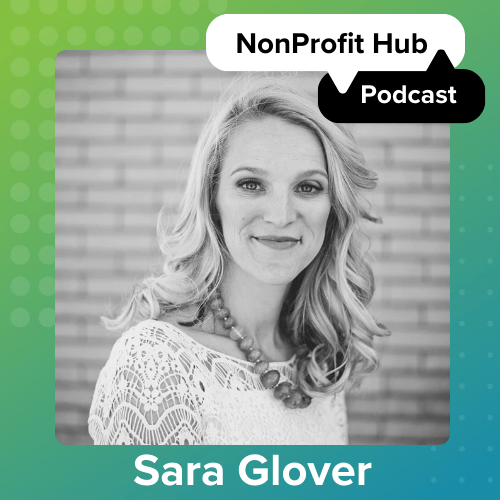Fundraising is a lot like raising a child. Everyone has an opinion on how to best do it—which practices work, which don’t, which are essential and which should be replaced with newer, better methods.
But like child rearing, you ultimately have to decide what works best for your nonprofit.
However, there are a few non-negotiables (just like check-ups and school). The following article discusses how 50 nonprofits reacted to a donation of $5. (It was meant to be a glimpse into their established practices of how they handle any donation of any size.) And what happened was pretty surprising.
Here’s what I have to say about the results:
-
96% of nonprofits sent an email receipt within 60 seconds of the donation. That’s awesome. Keep it up, people. However, here’s where some nonprofits rise above the others—some nonprofits sent their email through the payment processor. This is less impressive. It seems cold. A branded email is better. It says you took the time to draft and create a genuine, heartfelt thank you for their donation (no matter what size).
-
Ask for their phone number. Only 19 out of the 50 nonprofits did. And there’s no harm in asking. These folks cared about your organization enough to donate their hard-earned money—who says they wouldn’t be willing to work your next fundraising event or grab a couple friends and participate in your volunteer program? If you don’t get their phone number, you are left with much less direct ways to ask.
-
Treat every donation as an important first step of a relationship. This is not a transaction. I repeat, their donation is not a transaction. Transactions are what occurs between banks, ATMs and grocery clerks. They’re mindless. And don’t encourage continual growth. In being mindful that every donation (even $5) can be the start of a repeat donation or a subconscious cry for more involvement, you’ll never be tempted to treat a donation as “unimportant” or “small.”
-
With that being said, there should be levels of contact with different levels of donations. If someone gives you $50,000, you’d better be Johnny-on-the-spot in giving them a personal phone call thanking them (and maybe get them a nice fruit basket also). And perhaps this is obvious. And it’s the lesser donations where the lines blur. Sit down with your fundraising team and board of directors. Establish a proper response that shows your genuine appreciation, but is also manageable for your team to put into action with each type of donation. (Meaning that a personalized phone call for a donation of any amount might be a little much to manage—but a phone call for donations of $500 or more might be more reasonable.)
Take a look at the article and infographic below and let me know what you think. Should nonprofits be doing something differently?
[INFOGRAPHIC] The Great $5 Donor Communications Experiment [Bloomerang]






